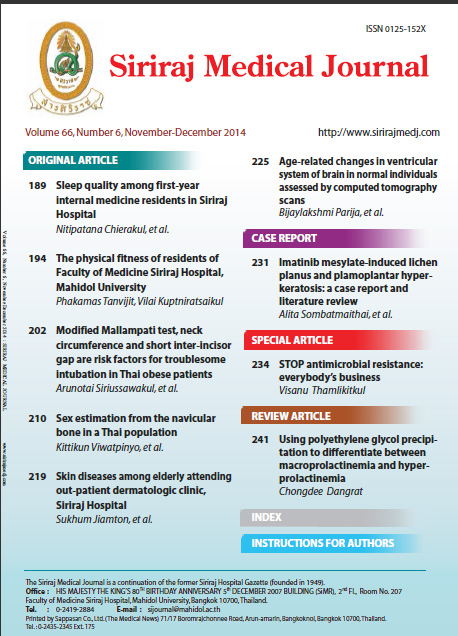Using Polyethylene Glycol Precipitation to Differentiate between Macroprolactinemia and Hyperprolactinemia
Abstract
Hyperprolactinemia is a common endocrine disorder which clinically manifestats in reproductive period and presents with hypogonadism, galactorrhea and symptoms related to tumor mass effects. Hyperprolactinemia is a state of excess total prolactin (PRL) concentration in serum. Three forms of PRL in sera are monomeric PRL with 23 kilo-dalton (kDa) MW which acts bioactively which is predominant in patients with prolactinomas, dimeric PRL; 45-60 kDa MW which is not clearly bioactive and macroprolactin with MW bigger than 100 kDa which is not bioactive. Macroprolactinemia is common and is associated with idiopathic hyperprolactinemia. Serum PRL is routinely screened for diagnosis of hyperprolactinemia. Nowadays, laboratory automatic analysis to measure serum PRL level using sandwich immunomatric methodology is accurate and reliable. Limitations of these immunoassays are interference from prolactin/IgG auto-antibody complex termed macroprolactin. This condition may lead to misdiagnosis and mismanagement of cases because the total PRL measurement comprises macroprolactin and active PRL. Using 25% polyethylene glycol (PEG) precipitation quantitatively provides the bioactive PRL by gel filtration chromatography which remains the gold standard to fractionate the level of PRL concentration. Recommended cut point recoveries of PRL less than 40% or 50% is indicative of the predominance of macroprolactin whereas more than 50% or 60% is diagnosed as true hyperprolactinemia. PEG precipitation is the best practice and recommended as the worldwide method to divide macroprolactin and active PRL for detection of the true origin because it is reproducible, easily performed and is effective screening. This review emphasizes about pathophysiology of hormone PRL and expresses (do you mean explains?) the necessary method to clarify between macroprolactinemia and truly hyperprolactinemia.Keywords: Macroprolactin, hyperprolactinemia, polyethylene glycol precipitation
Downloads
Published
How to Cite
Issue
Section
License
Authors who publish with this journal agree to the following conditions:
Copyright Transfer
In submitting a manuscript, the authors acknowledge that the work will become the copyrighted property of Siriraj Medical Journal upon publication.
License
Articles are licensed under a Creative Commons Attribution-NonCommercial-NoDerivatives 4.0 International License (CC BY-NC-ND 4.0). This license allows for the sharing of the work for non-commercial purposes with proper attribution to the authors and the journal. However, it does not permit modifications or the creation of derivative works.
Sharing and Access
Authors are encouraged to share their article on their personal or institutional websites and through other non-commercial platforms. Doing so can increase readership and citations.










